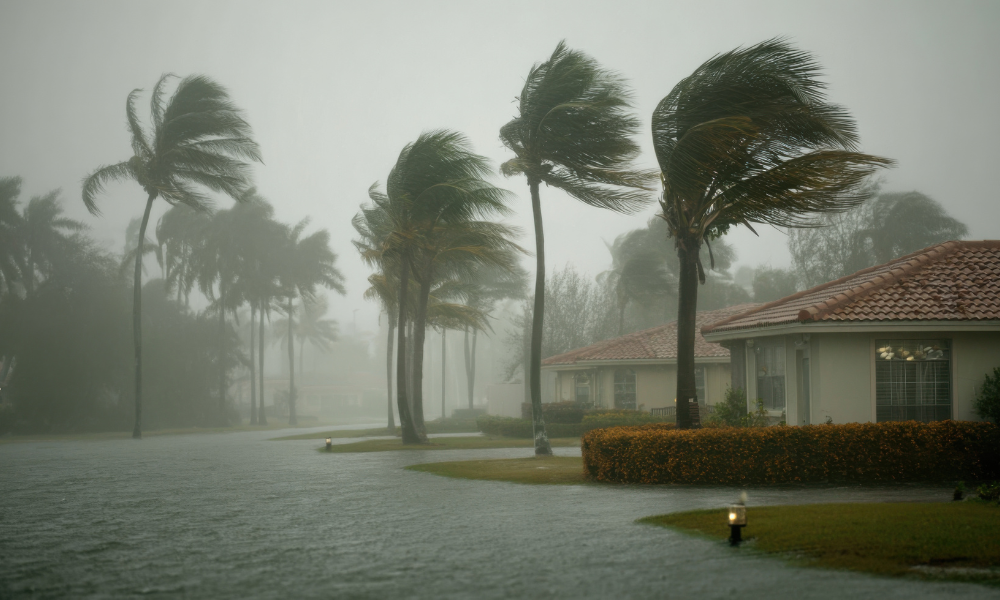Thousands of Canadian workers, millions worldwide affected by workplace risk

Thousands of Canadian workers and millions all over the world are affected by ionizing occupational radiation in their workplaces. Now, more than 500 experts are coming together to boost protection.
The International Labour Organization (ILO) is co-sponsoring the third international conference on Occupational Radiation Protection, which was organized with the International Atomic Energy Agency and hosted by the Government of Switzerland.
More than 500 experts will come together for the conference – scheduled Sept. 5 to 9 – review international standards and recommendations on occupational radiation protection and the progress over the past twenty years. They will also identify priority actions leading to an improved global occupational radiation protection system.
“This conference will serve as an excellent opportunity to exchange knowledge and experience and set the course for further concrete progress in enhancing the radiation protection of workers in all industries and countries and in making working environments safer and healthier, notably through building a global preventative culture,” said Vic Van Vuuren, deputy-director general for policy officer in charge, ILO.
Ionizing occupational radiation is a huge problem. When ionizing radiation interacts with cells, it can cause damage to the cells and genetic material, according to the U.S. Department of Labour’s Occupational Health and Safety Association (OSHA).
“If not properly repaired, this damage can result in the death of the cell or potentially harmful changes in the DNA,” it said.
And globally, over 24 million workers are affected by ionizing occupational radiation, according to ILO.
In Canada in particular, between 35,000 and 86,000 Canadians are exposed to this in their workplaces, according to an estimate from Carex Canada.
The two largest industrial groups exposed are healthcare and professional and scientific services industries, it said. In terms of occupation, the largest exposed groups are nurses and aircrew members, followed by ward aids and orderlies.
Some workplaces may need a radiation safety officer (RSO), according to one expert.
“Work-related deaths and injuries including those caused by exposure to radiation take a particularly heavy toll, especially in developing countries, where national systems for occupational safety and health are not well established,” said Vuuren.
For workers who are exposed to radiation in the workplace, wearing a dosimeter can help, according to the Canadian federal government. A dosimeter is a badge that measures the accumulated exposure to radiation over a period of time, usually three months.
“A dosimeter can help ensure that best practices are followed to keep doses as low as can reasonably be achieved,” according to the government. “Dosimeters are inexpensive and most employers supply them to workers exposed to radiation. In some jurisdictions, dosimeters are required. A dosimeter will allow you to monitor your exposure to radiation on a regular basis and will help occupational health specialists assess the risk in case of accidental exposure.”
Also, here are 18 safe work practices when using UV radiation in biological safety cabinets, according to another expert.





